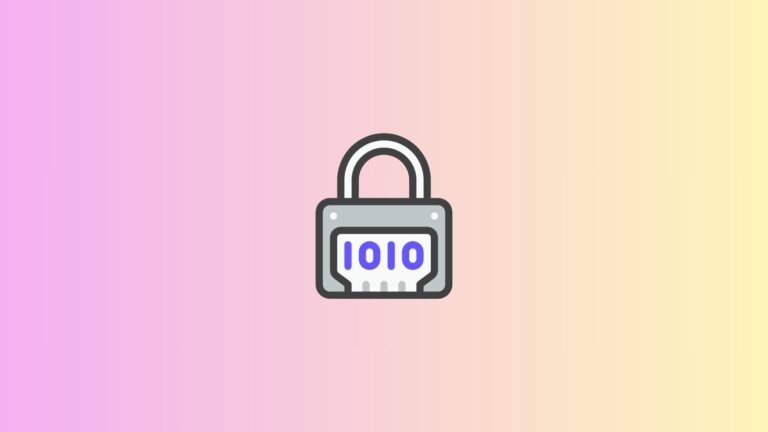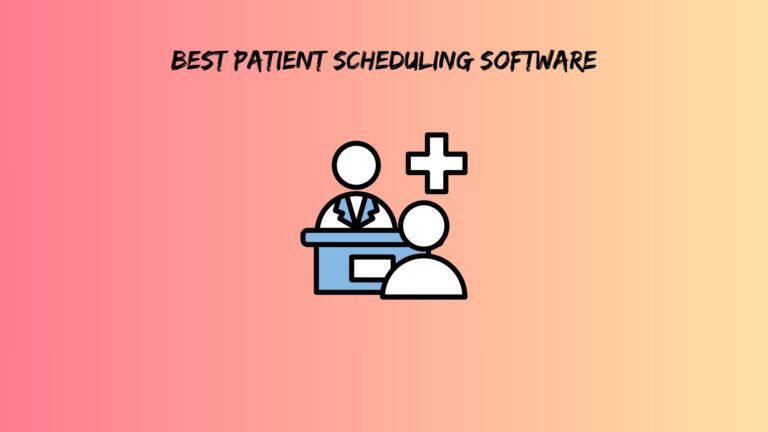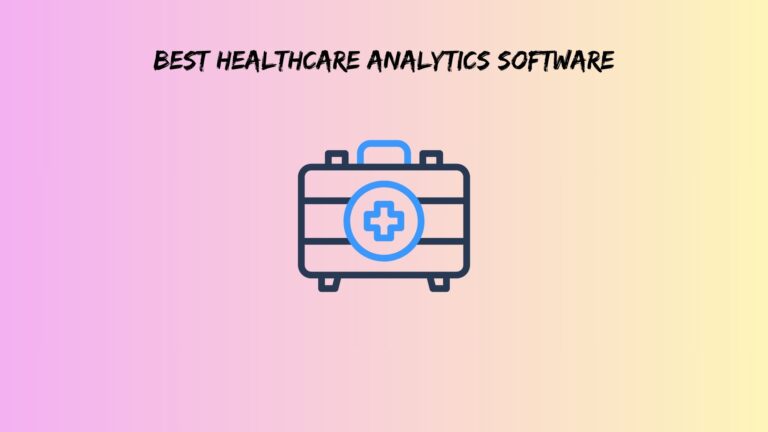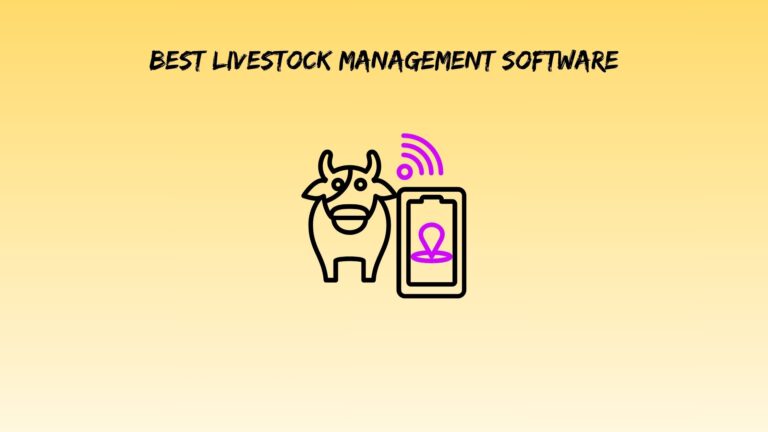Why You Need These Top Vulnerability Management Software Now
Your company just got hacked. Again. The attack exploited a vulnerability that existed for six months, hiding in plain sight while your expensive security tools missed it completely. Sound familiar? The average data breach now costs $4.45 million, yet most businesses still rely on outdated vulnerability management approaches that fail when it matters most.
Forget everything you think you know about vulnerability management software. This isn’t another boring list of enterprise tools you can’t afford. Instead, discover 8 unconventional solutions that prevent breaches instead of just creating fancy reports about them.
The Hidden Truth About Modern Vulnerability Management
Enterprise security vendors love selling complex platforms to Fortune 500 companies. Meanwhile, small and medium businesses get stuck with watered-down versions that barely work. This creates a dangerous gap where 90% of businesses operate with inadequate protection.
Traditional vulnerability scanners work like smoke detectors. They alert you after the fire starts, but do nothing to prevent it. Modern attackers exploit this reactive approach by using zero-day vulnerabilities and supply chain attacks that bypass conventional detection.
Furthermore, the vulnerability landscape changed dramatically in 2025. Attackers now focus on business logic flaws, API vulnerabilities, and cloud misconfigurations that standard scanners completely miss. This shift requires a fundamentally different approach to vulnerability management.
The vulnerability management benefits extend far beyond IT security. Companies with proactive vulnerability programs see 50% fewer business disruptions, lower insurance premiums, and faster regulatory compliance. However, most organizations focus on technical features rather than business outcomes.
Delayed patching remains the biggest vulnerability management failure. Research shows that 60% of breaches exploit vulnerabilities with available patches. The problem isn’t technical capability but rather organizational processes and tool usability.
Also read: Top Zero Trust Platforms
How to Check Vulnerability of a Software: Beyond Basic Scanning
Most vulnerability assessments barely scratch the surface. They scan for known CVEs but ignore the complex attack paths that real hackers use. Effective vulnerability checking requires a four-layer approach that covers every potential entry point.
Surface-level scanning catches obvious vulnerabilities but misses sophisticated threats. Deep code analysis examines application logic, API endpoints, and database configurations. Network perimeter testing identifies firewall gaps and misconfigured services. Finally, endpoint evaluation covers workstations, mobile devices, and IoT systems.
Critical metrics matter more than vulnerability counts. Time-to-detection measures how quickly you identify new threats. Time-to-remediation shows how fast you fix problems. These ratios reveal whether your vulnerability management program actually reduces risk or just generates reports.
Additionally, false positive rates determine tool effectiveness. High false positive rates create alert fatigue, causing security teams to ignore real threats. The best tools balance comprehensive coverage with actionable intelligence.
Common assessment blind spots include shadow IT applications, mobile device vulnerabilities, and cloud misconfigurations. These areas often contain the most dangerous vulnerabilities because they receive minimal oversight. Smart vulnerability management programs specifically target these neglected areas.
The 8 Top Vulnerability Management Software Tools That Work
1. Surfshark: The Network Security Game-Changer
Most people think Surfshark is just a VPN service. They’re wrong. This tool provides advanced threat detection through secure tunneling that blocks malware, phishing, and data interception attempts in real-time.
Remote teams face unique vulnerability challenges. Public WiFi, unsecured home networks, and BYOD policies create massive attack surfaces. Surfshark addresses these issues by encrypting all network traffic and filtering malicious content before it reaches endpoints.
The tool excels at preventing data interception during vulnerability windows. When systems await patches, Surfshark provides an additional security layer that stops attackers from exploiting known vulnerabilities through network-based attacks.
Best suited for distributed workforces and companies with significant remote work policies. The consumer-grade pricing makes enterprise-level protection accessible to small businesses that can’t afford traditional network security solutions.
2. Tenable.io: The Enterprise Favorite That Delivers
Tenable.io offers comprehensive vulnerability assessment across hybrid cloud environments. Unlike competitors that struggle with modern infrastructure, this platform discovers and monitors assets automatically, regardless of location.
Asset discovery capabilities shine in complex IT environments. The tool identifies forgotten servers, rogue applications, and misconfigured cloud resources that create hidden vulnerabilities. This visibility forms the foundation of effective vulnerability management.
Predictive prioritization sets Tenable.io apart from basic scanners. The platform analyzes threat intelligence feeds, exploit availability, and business impact to rank vulnerabilities by actual risk rather than theoretical severity scores.
Integration strength becomes crucial for larger organizations. Tenable.io works seamlessly with over 200 security tools, creating unified workflows that reduce manual effort and improve response times. However, this flexibility comes with complexity that smaller teams might find overwhelming.
3. binare.io: The Firmware Security Specialist
Binary analysis represents vulnerability management’s next frontier. While most tools examine applications and operating systems, binare.io focuses on firmware, embedded systems, and IoT devices that traditional scanners ignore completely.
Manufacturing and industrial companies face unique security challenges. Production systems, industrial controllers, and connected devices often run outdated firmware with known vulnerabilities. Standard security tools can’t analyze these systems effectively.
Hardware-level vulnerability detection provides insights that software-based tools miss. binare.io examines binary code, firmware images, and embedded software to identify vulnerabilities in the deepest system layers.
The competitive advantage becomes clear when considering attack trends. Hackers increasingly target IoT devices and embedded systems because they’re poorly protected. Companies using binare.io gain visibility into vulnerabilities that competitors don’t even know exist.
4. ThreatSpy: AI-Driven Threat Intelligence
Behavioral analytics transform vulnerability management from reactive to proactive. ThreatSpy correlates vulnerability data with active threat campaigns, predicting which vulnerabilities attackers will likely exploit next.
Security operations centers benefit enormously from intelligent threat correlation. Instead of managing thousands of individual vulnerabilities, teams focus on the specific threats targeting their industry and technology stack.
Attack path prediction represents a breakthrough in vulnerability management. The platform analyzes network topology, system configurations, and vulnerability locations to show exactly how attackers might chain exploits together for maximum impact.
Automation capabilities reduce manual analysis by 80%. Security analysts spend less time researching vulnerabilities and more time implementing effective countermeasures. This efficiency improvement makes advanced threat hunting accessible to smaller security teams.
5. InsightVM: Rapid7’s Comprehensive Solution
Live vulnerability monitoring eliminates the lag time between vulnerability discovery and detection. Unlike traditional scanners that run periodic sweeps, InsightVM provides continuous monitoring that identifies new vulnerabilities within minutes.
Collaboration features bridge the gap between security and IT teams. Shared dashboards, automated ticketing, and integrated remediation workflows ensure vulnerabilities get fixed quickly rather than stuck in bureaucratic processes.
Mid-market companies particularly benefit from InsightVM’s balanced approach. The platform provides enterprise-grade capabilities without the complexity that overwhelms smaller security teams. Built-in threat intelligence and patch management streamline operations significantly.
Remediation focus distinguishes InsightVM from scan-only tools. Automated workflows guide IT teams through patch deployment, configuration changes, and compensating controls. This end-to-end approach ensures vulnerabilities actually get resolved.
6. MailerLite: The Unexpected Security Layer
Email remains the primary attack vector for 90% of successful breaches. MailerLite’s built-in phishing protection and malware filtering capabilities provide crucial vulnerability management benefits that most organizations overlook completely.
Small businesses often lack dedicated security teams but still face sophisticated email-based attacks. MailerLite’s security features operate transparently, protecting against threats without requiring security expertise or additional training.
Cost efficiency becomes important for budget-conscious organizations. Instead of purchasing separate email security tools, companies get robust protection included with their marketing platform. This approach reduces complexity while improving overall security posture.
Phishing prevention directly supports vulnerability management goals. Many attacks combine social engineering with technical exploitation. By blocking initial access attempts, MailerLite prevents attackers from reaching vulnerable systems in the first place.
7. NordVPN: Business-Grade Network Protection
Network-level vulnerability prevention stops attacks before they reach individual systems. NordVPN’s business features include centralized team management, threat protection, and encrypted networking that creates multiple security layers.
BYOD policies and remote work create enormous attack surfaces that traditional security tools struggle to manage. NordVPN addresses these challenges by securing network connections regardless of device type or location.
Centralized monitoring provides visibility into team network activity, suspicious connections, and potential compromise indicators. This oversight capability helps identify attacks in progress and enables rapid incident response.
Scalability advantages become apparent for growing organizations. Unlike per-device licensing models, NordVPN’s business plans support unlimited devices, making it cost-effective for companies with large or fluctuating workforces.
8. Qualys VMDR: The All-in-One Platform
Platform consolidation reduces security tool sprawl while improving effectiveness. Qualys VMDR combines vulnerability management, threat detection, and incident response capabilities in a single integrated solution.
Machine learning algorithms enhance vulnerability prioritization by analyzing exploit likelihood, asset criticality, and threat intelligence. This approach helps security teams focus on vulnerabilities that actually matter rather than chasing theoretical risks.
Large enterprises benefit from comprehensive compliance coverage. The platform supports multiple regulatory frameworks simultaneously, automating compliance reporting and reducing audit preparation time significantly.
ROI improvements come from reduced licensing costs, simplified training requirements, and streamlined workflows. Organizations typically see 40% cost reductions compared to managing multiple point solutions.
Also read: Top ai image generator software
Vulnerability Management Tools: The Reality Behind the Features
The speed of deployment varies dramatically between solutions. Cloud-based platforms like Tenable.io deploy in days, while on-premises solutions require weeks of planning and configuration. Consider deployment timelines when evaluating options.
Learning curves affect adoption success more than feature sets. Tools with intuitive interfaces see higher usage rates and better security outcomes. Complex platforms often fail because teams avoid using them effectively.
Cost per protected endpoint ranges from $2 to $50 annually, depending on features and vendor positioning. However, the total cost of ownership includes training, integration, and ongoing management expenses that vendors rarely discuss upfront.
Integration ecosystems determine long-term viability. Platforms that work with existing security tools provide better ROI than those requiring wholesale technology replacements. Evaluate integration capabilities carefully before committing.
Top Vulnerability Management Companies: Market Realities
Market leaders aren’t always the best choice for every organization. Established vendors often prioritize large enterprise customers, leaving smaller businesses with inadequate support and outdated features.
Emerging players frequently offer innovative approaches and better customer service. Companies like binare.io and ThreatSpy provide specialized capabilities that industry giants overlook entirely.
Regional preferences matter for compliance and data sovereignty requirements. European companies might prefer vendors with local data centers, while US organizations focus on FedRAMP compliance capabilities.
Open-source alternatives gain traction as commercial solutions become increasingly expensive. Tools like OpenVAS provide legitimate vulnerability scanning capabilities without licensing costs, though they require more technical expertise.
Implementation Strategy: Making These Tools Work
Phased rollouts minimize business disruption while building security capabilities gradually. Start with critical systems and expand coverage based on risk assessments and available resources.
Team training requirements vary significantly between solutions. Plan for 2-4 weeks of training time regardless of vendor claims about ease of use. Proper training directly impacts security effectiveness.
Integration planning prevents costly mistakes and ensures tools work together effectively. Document existing security architecture before selecting new vulnerability management platforms.
Success metrics should focus on business outcomes rather than technical statistics. Track breach prevention, compliance achievements, and operational efficiency improvements alongside traditional security metrics.
Budget allocation typically requires 60% for software licensing, 25% for implementation services, and 15% for ongoing training and support. Plan accordingly to avoid project failures due to inadequate funding.
Also read: Top ai assisted crm software
Future-Proofing Your Security Strategy
Quantum computing threatens current encryption methods within the next decade. Choose vulnerability management platforms with quantum-resistant roadmaps to avoid costly migrations later.
Zero-trust architectures require different vulnerability management approaches. Traditional perimeter-focused tools become less relevant as organizations adopt identity-based security models.
AI and machine learning capabilities separate next-generation platforms from legacy solutions. Look for vendors investing heavily in predictive analytics and automated response capabilities.
Regulatory changes continue to expand vulnerability management requirements. Choose platforms with strong compliance capabilities and flexible reporting to adapt to new regulations.
Take Action: Your Security Implementation Plan
Start with immediate vulnerability assessments using free tools like OpenVAS or Nessus Community Edition. Understanding your current risk exposure guides tool selection and implementation priorities.
Tool selection criteria should emphasize business fit over feature checklists. Consider team size, technical expertise, budget constraints, and growth plans when evaluating options.
Quick wins demonstrate ROI and build organizational support for security investments. Focus on patching critical vulnerabilities and implementing basic security hygiene before deploying advanced tools.
Long-term security improvement requires ongoing commitment and resource allocation. Treat vulnerability management as a business process rather than a technology project to ensure sustainable success.
Frequently Asked Questions
Q: How often should vulnerability scans run to be effective?
Continuous monitoring provides the best protection, but weekly scans offer adequate coverage for most organizations. Critical systems might require daily scanning, while less important assets can be scanned monthly. The key is consistency rather than frequency.
Q: Can small businesses afford enterprise vulnerability management tools?
Absolutely. Many tools listed here offer affordable options specifically designed for smaller organizations. Start with solutions like Surfshark or MailerLite that provide security benefits within existing budgets, then gradually add more comprehensive tools as your business grows.
Q: What’s the biggest mistake companies make with vulnerability management?
Focusing on vulnerability counts instead of actual risk reduction. Having 10,000 documented vulnerabilities means nothing if you can’t fix the 10 that matter. Prioritize based on business impact and exploit likelihood rather than trying to address everything simultaneously.







